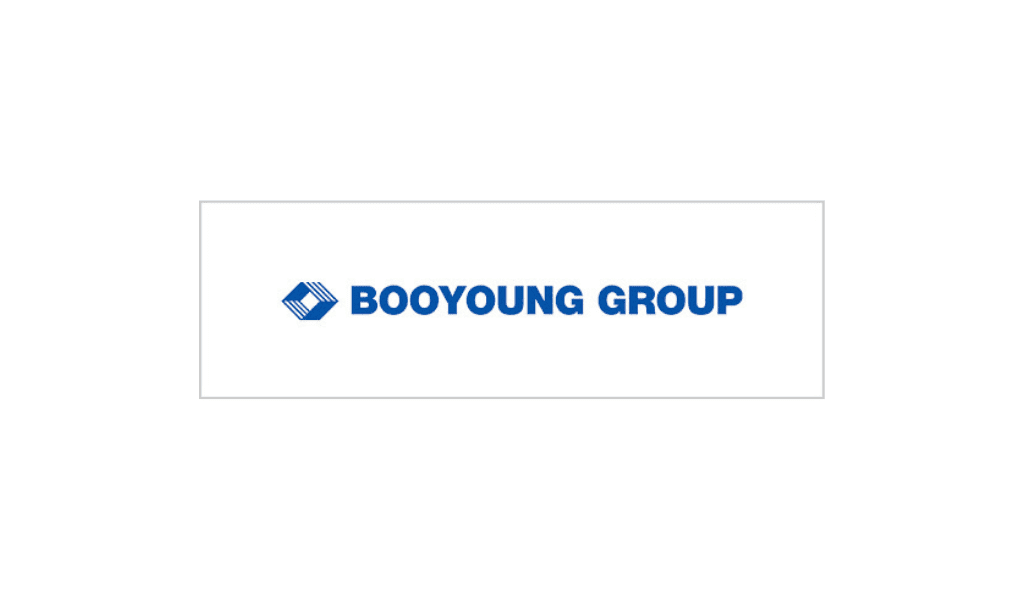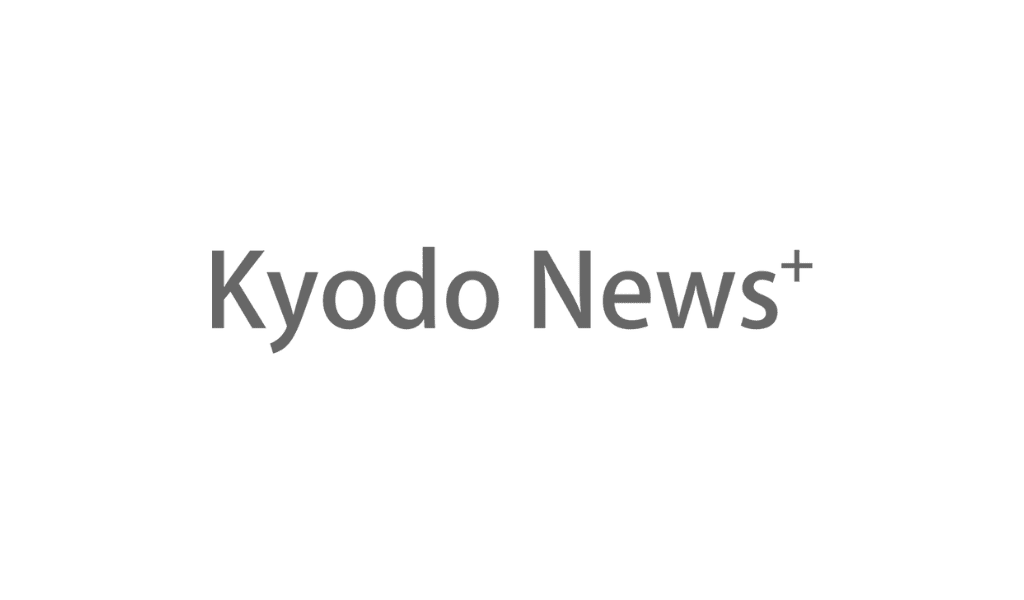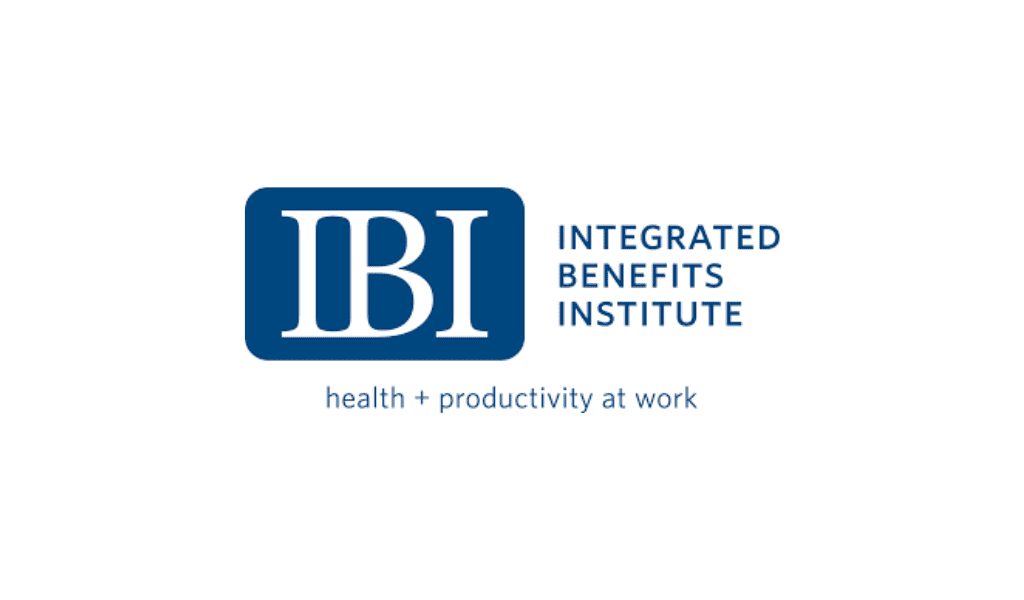Many benefits tools are providing what employees need to achieve retirement readiness.
By Amy Gurchensky
Wealth benefits can be powerful tools, but many employers are beginning to realize that it’s not enough to give employees access to these resources alone. More often than not, employees are not equipped with the knowledge they need to determine the options that are in their best interest -or have the time to figure it out. This results in haphazard retirement preparedness.
Several years ago, defined contribution providers began adding educational materials around retirement readiness to their portals for participants. Initially, the information was too generic, but eventually transitioned to focus on individuals at different life stages. Fidelity Investments’ Plan for Life was one of the earliest examples of providing tailored guidance to participants.
In recent years, there has been an emphasis on providing participants with personalized information as well as an arsenal of tools, such as:
- Websites. MassMutual Retirement Services’ RetireSmart website provides educational and account-level content to assist with retirement planning, including calculators for modeling progress as well as identifying the newest and most popular resources available.
- Peer comparison tool. Empower Retirement’s, formerly Great-West Retirement Services, How Do I Compare tool, allows participants to compare their savings rates and balances with their peers based on salary, gender, and age.
- Comprehensive financial planning and budgeting tools. VOYA Financial’s tool connects participants with other accounts including checking, credit cards, insurance, and mortgage, and then they can set goals, monitor progress, create budgets, track spending, and receive assistance and advice.
- Personal progress reports. Fidelity Investments provides employees with a snapshot of their retirement plan so they can see if they are on track to hit their long- term savings goals, and also provides next steps for employees who need to make changes.
In addition, many service providers, including Aon Hewitt, Mercer, and Vanguard, have partnered with HelloWallet to provide personalized guidance on managing debt, spending wisely, and maximizing their company benefits.
Other features, such as auto-enrollment and automatic escalation, have helped to close the gap and increase wealth for members.
One of the more innovative solutions to maximize wealth and ensure retirement readiness is Xerox’s SavIncent. SavIncent is an incentive-based financial wellness program that is linked to the company’s retirement savings plan. It uses monetary incentives to reward employees for participating in wellness activities including:
• Completing a financial health or risk profile
• Enrolling in a 401(k) plan or signing up for auto escalation
• Meeting with a financial advisor
• Establishing a will
• Taking financial training seminars
• Monitoring one’s credit score
These activities are tracked through an online participant and administration system, which also calculates the incentives so that employer contributions can be reported to the recordkeeper, so that a direct deposit can be made into the employees’ 401(k) account.
Sometimes, however, the problem with wealth benefits is getting started. Last summer, Fidelity addressed this issue by launching its Easy Enroll & Easy Savings Program. This program simplifies enrollment with two clicks by providing three savings rates associated with specific funds, and automatically increasing an employee’s saving rate by 1 percent annually.
Alone, these tools are not sufficient to ensure that employees are maximizing their wealth. Plan sponsors must also assume accountability, and need their own tools to measure effectiveness. Empower Retirement has retirement readiness report cards for plan sponsors and advisors, which track the following participant attributes to gauge a plan’s retirement readiness:
• Investment portfolio allocation
• Savings rate
• Years to retirement
• Income replacement percentage
Plan sponsors can then review the report card and adjust the retirement plan and participant communications to address any weaknesses. Progress can then be tracked on a quarterly basis.
Some of Fidelity Investments’ tools for the employer include:
• Executive Insight provides information including income replacement rates that various plan designs could yield; plan performance including aggregated employee behavior metrics such as participation rates, savings levels, asset allocations, and withdrawal activity; and employee populations in need of guidance.
• The On Plan Indicator determines if employees are saving enough and investing appropriately with respect to equities for their age.
The complete picture for employers, however, should go beyond wealth accumulation and include mechanisms for wealth preservation. There are many catastrophic events that can quickly obliterate an individual’s wealth. Certain voluntary benefits, such as disability and critical illness, are an important component to a comprehensive benefits package.
With demand down for total benefits outsourcing, including either defined benefit or defined contribution administration and health and wellness administration, it’s essential for organizations to really own the complete benefits package that is offered. Employers need to assume a certain level of responsibility for helping employees maximize their wealth for retirement and preserve it against foreseeable circumstances that would consume it.
Amy Gurchensky is research analyst for NelsonHall.














